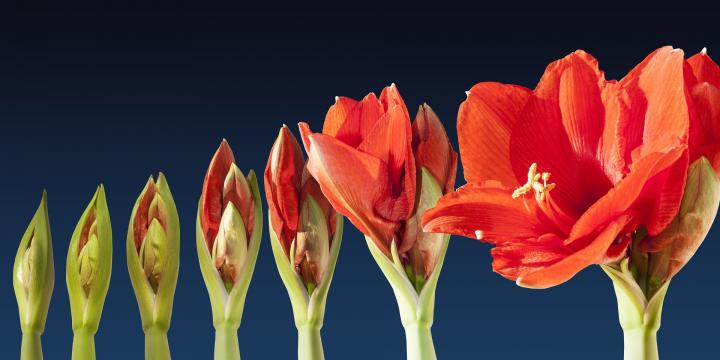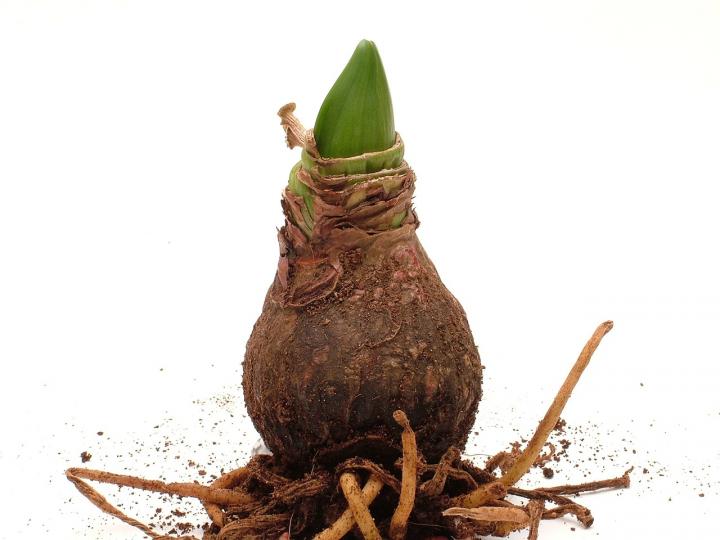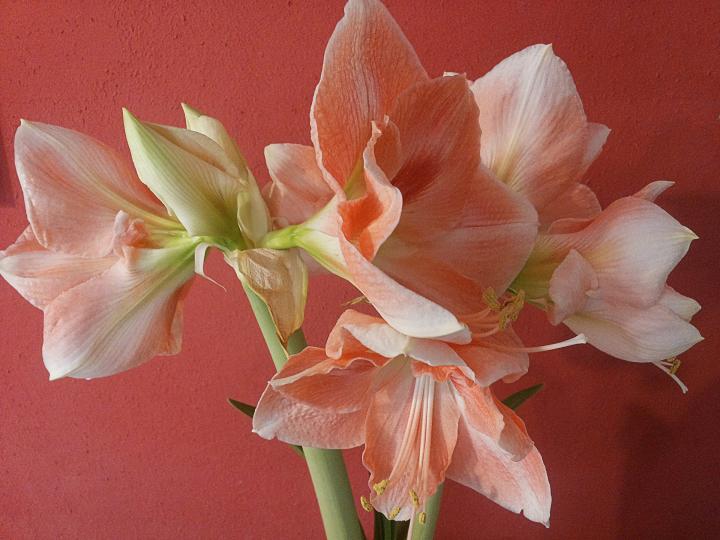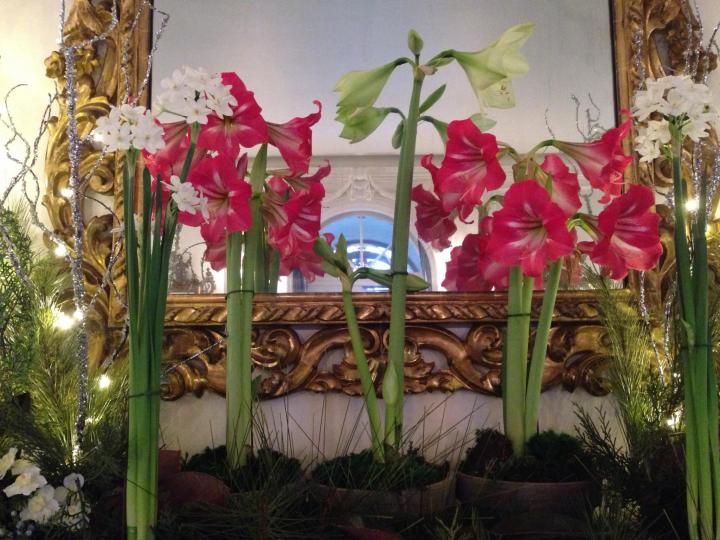
Amaryllis blooming for Christmas
How to Grow and Care for Amaryllis Bulbs
ADVERTISEMENT
Brought my amaryllis out the dark in November. It has tall 2 green leaves but no indication of a flowering stalk. What should I do? Just wait?
Long whiteish leaves grew while in dark cool closet. Do I cut them off for it to bloom again? Thanks for any insight.
Hi Pauline,
An amaryllis bulb will begin to grow even when placed in a dark location for dormancy. This is an indication to remove it from your closet and place it into a location with bright light. Not all bulbs will begin to grow on their own and need to be forced by introducing it to a well-lit location. To promote growth, place your bulb in a sunny spot at room temperature and keep the soil barely moist.
I bought a Christmas bulb this year again, but this one has two coming up together. Should I cut one of them down?
Hi Sandy, Thanks for your question.
The larger sized amaryllis bulbs can produce more than one flower stalk, either at the same time or sequentially. So, no need to cut one of them down because what this means is you will be treated to more of the beautiful flowers when it blooms, hopefully in plenty of time for the holidays!













Comments